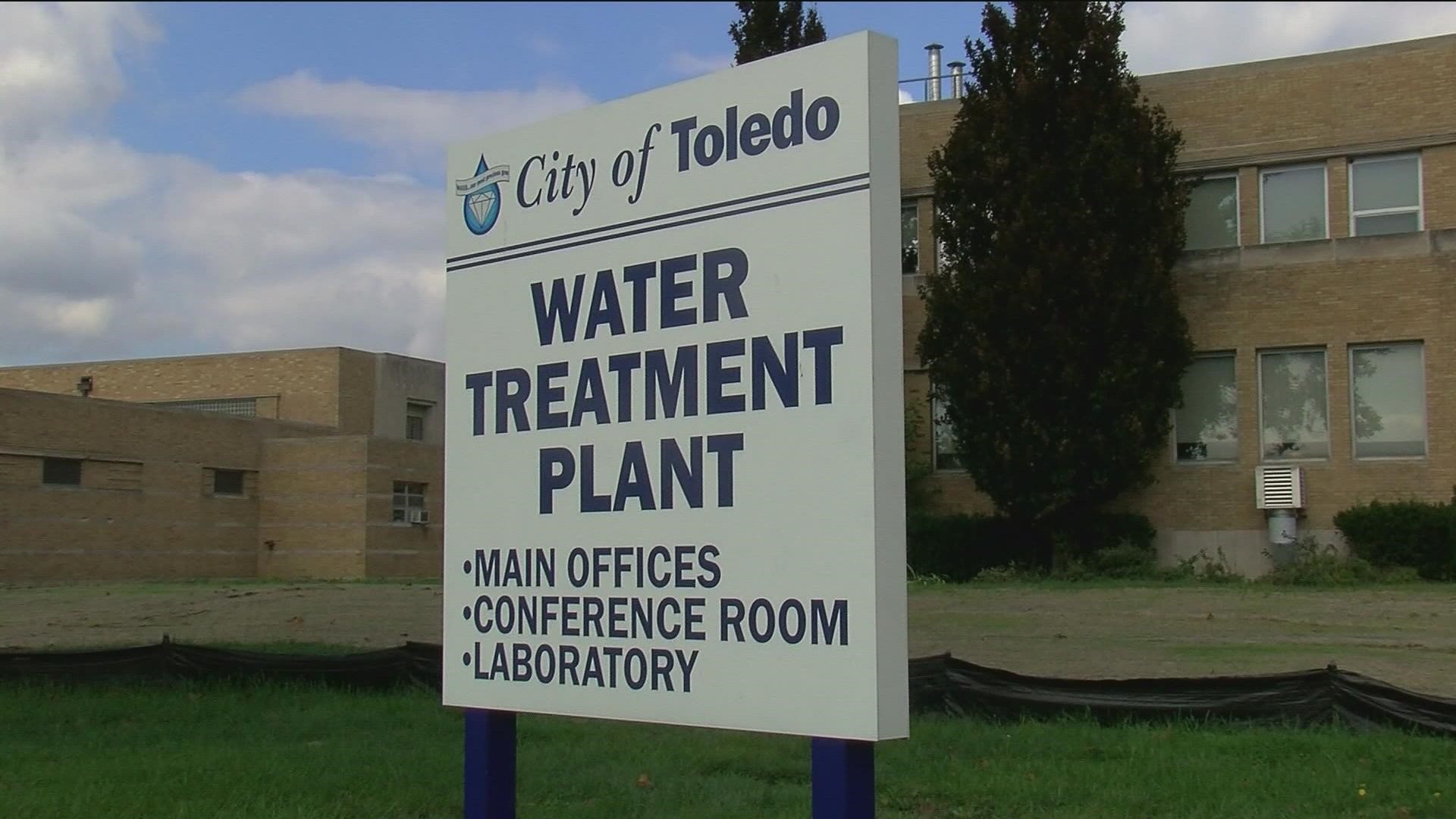TOLEDO, Ohio — Life is slowly improving for people in Jackson, Mississippi but the city is still under a boil advisory more than a week after the water system lost pressure, leaving them with no water at all.
It's something many Toledoans may remember happening during the 2014 water crisis.
It was a wake-up call for thousands in the area.
A 'do not drink' advisory was called as a result of harmful algal blooms in Lake Erie, the lake that provides our drinking water.
"When you think about water infrastructure, it's all underground. No one pays attention to it. You can drive by a street and see a house in disrepair and think, that house needs to be repaired. But a lot of times these pipes are underground and you don't see them and it just gets pushed to the side," Toledo's director of Public Utilities, Ed Moore said.
So what's being done to make sure that doesn't happen again here?
City officials say it's easy to forget how important water treatment plants are until something like a city-wide boil advisory goes into effect.
Hundreds of millions of dollars have been invested over the last eight years to make sure our water is safe.
As a result, we have multiple backups to keep our water running.
In Jackson, Mississippi, the water pressure has returned but the City's mayor, Chokwe Antar Lumumba, says they are not in the clear.
"The condition is still as we've said it is. That it's not a matter of if these systems will fail again but when these systems will fail again. If we don't have permanent fixes in place," said Mayor Lumumba.
As more permanent repairs in Jackson are underway, Moore is sharing what's been done to make sure something like this doesn't happen here.
Right now the city is wrapping up a $500-million improvement program at the water treatment plant, that came on the heels of the 'do not drink' advisory.
"We built a full addition to the plant so that if we need to tear down a certain section of the plant or we need to take it down for maintenance, we have another side of the plant that we can lean on so that we always maintain clean, fresh drinking water to a half-million people daily," said Moore.
The city took it a step further by creating the regional water commission and adding new filtering and ozone treatment systems, saying that we have to continue investing in our water systems to ensure issues do not get beyond repair.
"We're looking at an alternate water supply, which could be an upland reservoir and we're also increasing our elevated storage which leads to more reliance on our distribution system," said Moore.
He says the Ohio EPA also does regular checks of the water treatment plant to ensure everything is compliant.
More local headlines from WTOL 11

